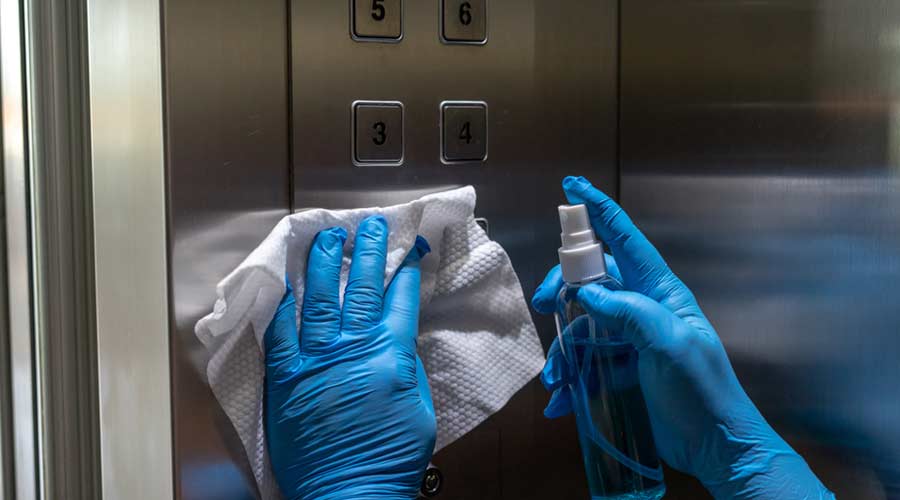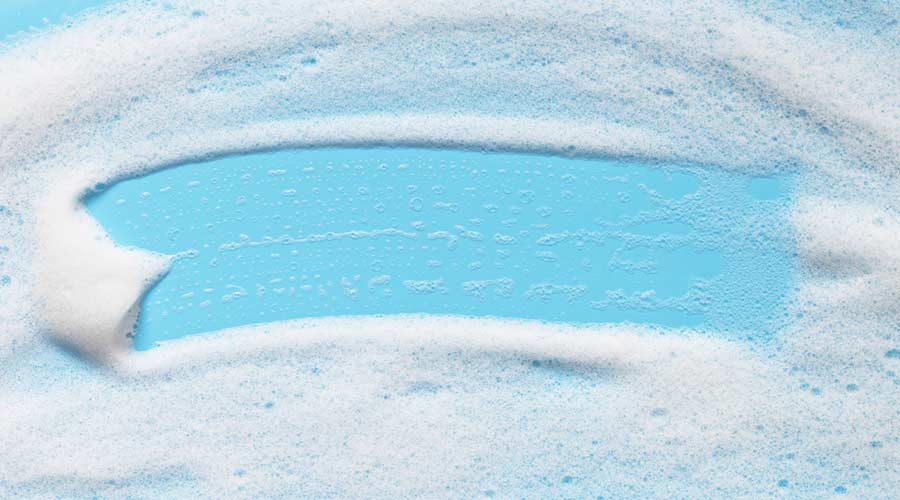
Once considered impractical or intrusive, day cleaning continues to attract supporters as cleaning technologies advance, and organizations recognize its multifaceted benefits. From energy efficiency and cost savings to improved building security and employee morale, the advantages of transitioning from nighttime cleaning to daytime operations are both immediate and long-term. And that is why more facilities—especially commercial office buildings, schools, and government buildings—are making the switch.
What is Day Cleaning?
Day cleaning refers to the practice of performing janitorial and cleaning tasks during “regular” daytime business hours, typically between 7 a.m. and 5 p.m., rather than after hours. These cleaning tasks include vacuuming, dusting, trash removal, restroom maintenance, general surface cleaning, and floor care, among other scheduled tasks—all while tenants or employees are still occupying the space during the day. While it may sound counterintuitive to clean a busy workplace during business hours, advancements in quiet-cleaning equipment, low-VOC cleaning chemicals, better planning, and more effective communication help make it a viable and even preferred option for many facilities.
One of the most compelling arguments for day cleaning is its environmental and financial impact, particularly on energy consumption. Traditionally, buildings remain fully lit, heated, or cooled during nighttime cleaning shifts—sometimes for only a small number of janitorial staff. This practice results in unnecessary energy use.
By cleaning during daylight hours, buildings can reduce the duration of lighting and HVAC operation. A study by the Building Owners and Managers Association (BOMA) estimated that day cleaning can reduce energy consumption by 4 to 8 percent. These numbers add up quickly for large commercial buildings, leading to significant annual savings, reduced energy consumption, and by extension, a smaller carbon footprint.
Organizations aiming to meet green building standards, such as ENERGY STAR and LEED, often find that day cleaning supports sustainability goals in quantifiable metrics, specifically in the form of decreased energy usage. But energy savings are just one piece of the cost-reduction puzzle. Day cleaning can also lead to lower overall operational expenses in other ways:
- Reduced security needs: With janitorial work happening during the day, there’s less need to keep buildings open and guarded after hours. This decreased need can translate to fewer security staff hours and a lower risk of unauthorized access.
- Better retention and lower turnover: Day shifts are frequently more attractive to cleaning staff. Janitors working during the day can potentially maintain a better work-life balance, reducing turnover—a major hidden cost in the cleaning industry.
- Efficient supervision: Supervisors and facility managers are usually on-site during the day, which makes it easier to train staff, monitor performance, and resolve issues quickly. This improves productivity and service quality.
Enhanced Building Security
Keeping a building secure after hours for any reason can be both a logistical and a financial challenge.
With night cleaning, doors are often left unlocked or opened repeatedly for staff to enter or exit, creating potential vulnerabilities. If no tenants are present, a relatively empty building can become a target for theft or vandalism. And who frequently gets blamed for the missing items? The unfamiliar night custodian, who is a much easier target than the co-worker, who really should be the prime suspect.
Day cleaning helps to mitigate building security risks. Cleaning staff work alongside other employees or tenants in a building that is already occupied and secured. This arrangement reduces the potential risk of unauthorized access and enhances overall security.
Improved Morale, Retention
It is no secret that the cleaning industry faces chronically high turnover, often due to undesirable working conditions such as overnight hours and physical isolation. By offering daytime work, employers can make the job potentially more appealing. Workers who clean during the day benefit from:
- More regular sleep schedules.
- Safer working environments, including better lighting and emergency support.
- More interaction and recognition from building occupants.
When cleaning staff are seen as part of the workplace community rather than invisible background labor, morale improves. This fosters a sense of pride and professionalism in their work, which can lead to better performance and cleaner spaces.
Day Cleaning Trade-Offs

 Celebrating BSCAI's 60th Anniversary eBook
Celebrating BSCAI's 60th Anniversary eBook The Down and Dirty on Cleaning in Virus Season
The Down and Dirty on Cleaning in Virus Season How Surfactant Use is Expanding in Commercial Cleaning
How Surfactant Use is Expanding in Commercial Cleaning